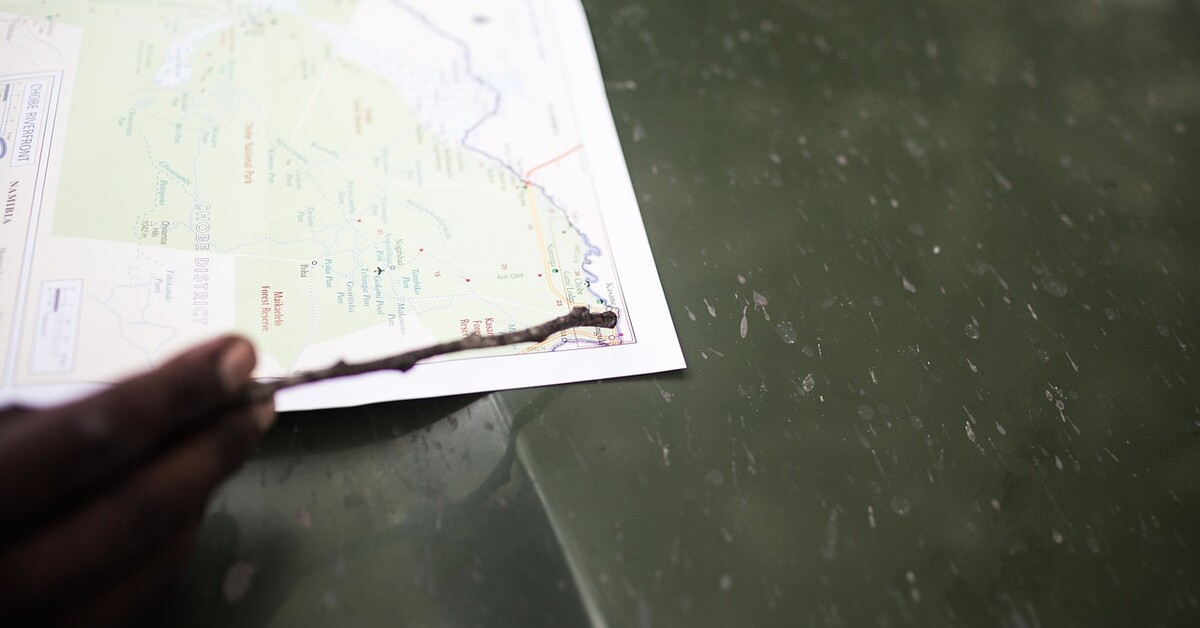Stunning 2-Day Ayodhya Itinerary: Best Temples to Explore
Ayodhya, a city steeped in spirituality and rich cultural heritage, beckons travelers with its ancient temples and serene ghats. Nestled on the banks of the Saryu River, this sacred destination is not just a pilgrimage site but a tapestry of stories, traditions, and vibrant local life. If you’re planning a visit, our 2-day Ayodhya itinerary will guide you through the best temples and experiences that this enchanting city has to offer.
Day 1: The Heart of Ayodhya
Morning: Arrival and the Ram Janmabhoomi Complex
Start your journey early in the morning to soak in the tranquil atmosphere of Ayodhya. As you arrive, the first stop should be the Ram Janmabhoomi Complex, the birthplace of Lord Rama. The air is filled with the scent of incense and the sound of temple bells ringing, creating an ambiance of devotion.
The complex is a blend of history and spirituality, featuring the grand Ram Mandir, which is currently under construction but is already a sight to behold. Spend some time here, absorbing the significance of this sacred site. Engage with local priests who can share stories about the temple’s history and its importance in Hindu culture.
Afternoon: Hanuman Garhi and Nageshwarnath Temple
After a fulfilling morning, head to Hanuman Garhi, a temple dedicated to Lord Hanuman. The climb to the temple involves ascending 76 steps, and as you reach the top, you are greeted with panoramic views of Ayodhya. The temple is adorned with vibrant murals and statues, and the atmosphere is filled with the chants of devotees.
Next, visit the Nageshwarnath Temple, dedicated to Lord Shiva. This temple is believed to be one of the oldest in Ayodhya and is known for its intricate architecture. The serene environment here is perfect for reflection and prayer. Don’t forget to try the local delicacies from nearby stalls, such as kachaudi and jalebi, which are a hit among both locals and visitors.
Evening: Saryu River Aarti
As the sun begins to set, make your way to the banks of the Saryu River for the evening Aarti. The sight of flickering diyas (lamps) floating on the river, coupled with the melodious chants, creates a mesmerizing experience. The cool breeze and the sound of water lapping against the ghats add to the spiritual ambiance.
This is a perfect moment to reflect on the day’s experiences and connect with the divine. You can also engage with locals who often share stories about the river’s significance in Hindu mythology.
Day 2: Exploring More Temples and Local Culture
Morning: Kanak Bhawan and Choti Devkali Temple
On your second day, start with a visit to Kanak Bhawan, a temple dedicated to Lord Rama and his consort Sita. The temple is known for its stunning architecture and intricate carvings. The vibrant colors of the temple’s interiors are captivating, and the atmosphere is filled with devotion.
Next, head to the Choti Devkali Temple, dedicated to Goddess Kali. This temple is less crowded, allowing for a more intimate experience. The energy here is palpable, and you can often find locals offering prayers and performing rituals.
Afternoon: Treta Ke Thakur and the Local Market
After exploring the temples, visit Treta Ke Thakur, believed to be the site where Lord Rama performed the Ashwamedha Yagna. The temple is surrounded by lush greenery, providing a peaceful retreat from the bustling city.
Post your temple visits, take a stroll through the local market. The vibrant stalls offer a variety of handicrafts, religious artifacts, and local snacks. Engage with the artisans and learn about their crafts, which have been passed down through generations.
Evening: Ram Ki Paidi and Local Cuisine
As your day winds down, head to Ram Ki Paidi, a series of ghats along the Saryu River. This is an ideal spot to witness the sunset, as the sky transforms into a canvas of colors. The ghats are often bustling with activity, and you can see families enjoying picnics and children playing by the water.
For dinner, indulge in local cuisine at a nearby restaurant. Dishes like biryani, paneer tikka, and lassi are must-tries. The flavors are rich and authentic, offering a true taste of Ayodhya.
Tips for Your Ayodhya Journey
– Best Time to Visit: The ideal time to explore Ayodhya is between October and March when the weather is pleasant.
– Local Transport: Auto-rickshaws and cycle rickshaws are readily available for local transport. They are an excellent way to navigate the city.
– Dress Code: As Ayodhya is a religious site, it’s advisable to dress modestly. Comfortable footwear is also recommended for temple visits.
Conclusion
Ayodhya is more than just a destination; it’s an experience that resonates with spirituality and cultural richness. This 2-day Ayodhya itinerary offers a glimpse into the city’s sacred sites, local flavors, and vibrant traditions. Whether you are a pilgrim seeking spiritual solace or a traveler eager to explore heritage, Ayodhya promises to leave an indelible mark on your heart.
For those looking to delve deeper into the spiritual essence of North India, local experts like TripCosmos.co can help curate personalized tours that ensure you experience the best of what this region has to offer.
FAQ
What is the best time to visit Ayodhya?
The best time to visit Ayodhya is between October and March when the weather is cool and pleasant.
How can travelers reach Ayodhya from major cities?
Ayodhya is well-connected by road and rail. The nearest airport is in Faizabad, about 8 km away, while the Ayodhya railway station has regular trains from major cities.
Are there any local delicacies to try in Ayodhya?
Yes, don’t miss trying local dishes like kachaudi, jalebi, and biryani at local eateries.
Is it safe to travel to Ayodhya?
Yes, Ayodhya is generally safe for travelers. However, it’s always advisable to stay aware of your surroundings and follow local guidelines.






